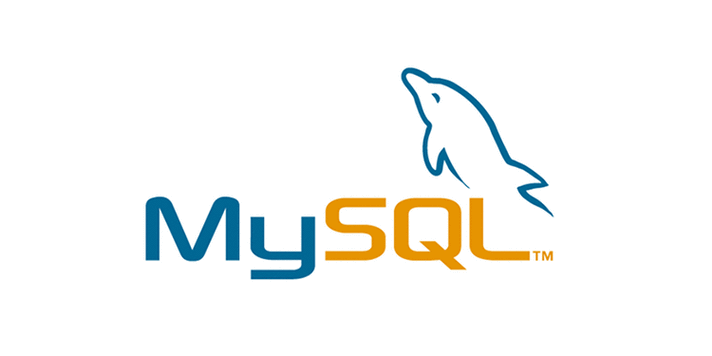17vue3实战-----使用配置文件生成简易页面
- 1.写在前面
- 2.背景
- 3.实现
- 3.1界面效果
- 3.2新建config配置文件
- 3.3封装组件
- 3.4使用组件
1.写在前面
后台管理系统的开发很简单。无论是用户模块、部门模块、角色模块还是其它模块,界面和业务逻辑都相对比较简单,我会省略这些模块的搭建过程,而着重去讲述一些比较复杂或者新颖的技术点。
2.背景
在后台管理项目,经常会出现以下情况:

在很多模块中,都有类似以上红色区域的情况。这些表单的个数、种类(可能是select、input…)、具体内容都不同。但他们却又有一些相关的地方。如果一个一个界面搭建会比较麻烦,如果能通过配置文件将红色区域的东西表达出来,根据配置文件来确定红色区域的页面,那这万事大吉了。
3.实现
3.1界面效果
这里我以部门模块为例,以下有两个input和一个date-picker。

3.2新建config配置文件
在department新建config配置文件:

department/config/search.config.ts:
const searchConfig = {
formItems: [
{
type: 'input',
prop: 'name',
label: '部门名称',
placeholder: '请输入查询的部门名称',
initialValue: 'bbb'
},
{
type: 'input',
prop: 'leader',
label: '部门领导',
placeholder: '请输入查询的领导名称'
},
{
type: 'date-picker',
prop: 'createAt',
label: '创建时间'
}
]
}
export default searchConfig
3.3封装组件
将红色搜索区域封装成一个组件:

components/page-search/page-search.vue:
<template>
<div class="search">
<!-- 1.输入搜索关键字的表单 -->
<el-form
:model="searchForm"
ref="formRef"
:label-width="searchConfig.labelWidth ?? '80px'"
size="large"
>
<el-row :gutter="20">
<template v-for="item in searchConfig.formItems" :key="item.prop">
<el-col :span="8">
<el-form-item :label="item.label" :prop="item.prop">
<template v-if="item.type === 'input'">
<el-input
v-model="searchForm[item.prop]"
:placeholder="item.placeholder"
/>
</template>
<template v-if="item.type === 'date-picker'">
<el-date-picker
v-model="searchForm[item.prop]"
type="daterange"
range-separator="-"
start-placeholder="开始时间"
end-placeholder="结束时间"
/>
</template>
<template v-if="item.type === 'select'">
<el-select
v-model="searchForm[item.prop]"
:placeholder="item.placeholder"
style="width: 100%"
>
<template v-for="option in item.options" :key="option.value">
<el-option :label="option.label" :value="option.value" />
</template>
</el-select>
</template>
</el-form-item>
</el-col>
</template>
</el-row>
</el-form>
<!-- 2.重置和搜索的按钮 -->
<div class="btns">
<el-button icon="Refresh" @click="handleResetClick">重置</el-button>
<el-button icon="Search" type="primary" @click="handleQueryClick"
>查询</el-button
>
</div>
</div>
</template>
<script setup lang="ts">
import { reactive, ref } from 'vue'
import type { ElForm } from 'element-plus'
// 定义自定义事件/接收的属性
interface IProps {
searchConfig: {
labelWidth?: string
formItems: any[]
}
}
const props = defineProps<IProps>()
// 定义form的数据
const initialForm: any = {}
for (const item of props.searchConfig.formItems) {
initialForm[item.prop] = item.initialValue ?? ''
}
const searchForm = reactive(initialForm)
...
</script>
<style lang="less" scoped>
...
</style>
3.4使用组件
<template>
<div class="department">
<page-search
//将配置传给子组件
:search-config="searchConfig"
@query-click="handleQueryClick"
@reset-click="handleResetClick"
/>
...
</div>
</template>
<script setup lang="ts" name="department">
import { ref } from 'vue'
import PageSearch from '@/components/page-search/page-search.vue'
import searchConfig from './config/search.config'
...
</script>
<style scoped></style>
其它模块也是一样配置,比如角色模块:
const searchConfig = {
formItems: [
{
type: 'input',
prop: 'name',
label: '角色名称',
placeholder: '请输入查询的角色名称',
initialValue: 'abc'
},
{
type: 'input',
prop: 'leader',
label: '权限介绍',
placeholder: '请输入查询的权限介绍'
},
{
type: 'date-picker',
prop: 'createAt',
label: '创建时间'
}
]
}
export default searchConfig
甚至有些时候还需要动态改动配置,这些都可以自己去思考。


















